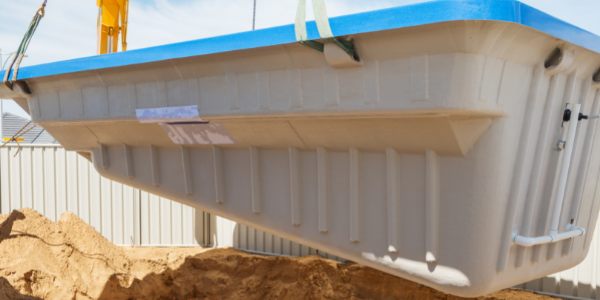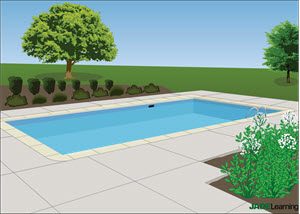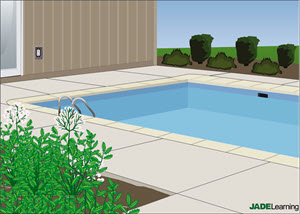Preparing for Summer: 2017 NEC Checklist for Installing a Safe, Effectively-Bonded Pool at a Dwelling

By: Robert Key | May 05, 2021
 The average consumer does not understand the potential dangers related to electricity and pools, so they rely on you, the electrical professional, to do it right. There have been 98 verifiable water deaths from electricity since 1986, but that is likely just the tip of a very large iceberg. A small amount of current can cause muscular paralysis and drowning.
The average consumer does not understand the potential dangers related to electricity and pools, so they rely on you, the electrical professional, to do it right. There have been 98 verifiable water deaths from electricity since 1986, but that is likely just the tip of a very large iceberg. A small amount of current can cause muscular paralysis and drowning.
We have put together a basic checklist for electrical safety-related to pools. This list is not exhaustive. We will focus our attention on three important areas: grounding and equipotential bonding, GFCI protection, and corrosive environments.
Grounding and Equipotential Bonding
First and foremost, we must ensure a low-impedance path for any unwanted currents from energized pool equipment. This is critically important for any electrical installation, but especially for pools. We also want to make sure that the equipotential grid is done properly so as to minimize or eliminate differences in voltage potential.
Checklist items:
- Is all pool equipment properly bonded and grounded, with lugs properly torqued to ensure continuity? Here is the list of required items from NEC 2017, Section 680.6:
- The following equipment shall be grounded: (1) Through-wall lighting assemblies and underwater luminaires, other than those low-voltage lighting products listed for the application without a grounding conductor (2) All electrical equipment located within 1.5 m (5 ft) of the inside wall of the specified body of water (3) All electrical equipment associated with the recirculating system of the specified body of water (4) Junction boxes (5) Transformer and power supply enclosures (6) Ground-fault circuit interrupters (7) Panelboards that are not part of the service equipment and that supply any electrical equipment associated with the specified body of water
- Are all field-installed grounding and bonding terminals listed for direct burial?
- Is the equipotential bonding grid attached at a minimum of four points around the pool?
- Are ALL metallic parts bonded (except isolated parts not over 100 mm (4 in.) in any dimension) and not penetrating into the pool structure more than 1 inch?
- Are BOTH ladder cups bonded, since a ladder with non-conductive steps could be installed at a later date?
GFCI Protection Around Pools
- Are all 120- to 240–volt pool motors GFCI protected?

- Are all 15– and 20– amp, 120–volt outlets located within 20 feet of the pool GFCI protected?
- Has the required GFCI protected outlet been installed between 6 and 20 feet from the inside wall of the pool?
- Are lighting outlets protected where required by code? NEC 2017, Section 680.22(B)(4) states: Luminaires, lighting outlets, and ceiling-suspended (paddle) fans installed in the area extending between 1.5 meters (5 ft) and 3.0 meters (10 ft) horizontally from the inside walls of a pool shall be protected by a ground-fault circuit interrupter unless installed not less than 1.5 m (5 ft) above the maximum water level and rigidly attached to the structure adjacent to or enclosing the pool.
Corrosive Environments
Pool equipment rooms and pool chemical storage areas are considered corrosive environments, and the wiring methods that can be used in these areas are limited.
- Are the wiring methods used in those areas listed and identified for use in corrosive environments? Approved methods are limited to RMC, IMC, PVC, or RTRC. The pool motor can be wired with MC cable if it is listed for that location.
- Are insulated grounding conductors utilized where pool equipment or chemicals are found? A bare conductor will likely corrode and fail in such an environment.
Bits and Pieces
- Are pool pump rooms equipped with drainage and ventilation?
- Do all overhead conductors have the proper clearance for the pool? This includes things like communication or cable wiring.
- Is all equipment listed?
- Are all underwater luminaires, including wet, dry and no-niche luminaires, properly installed and grounded per NEC 2017, Section 680.23?
There are many other important code requirements not listed here; this list is a starting point. If you use a checklist for the installation of a pool, you will be far less likely to overlook something. It is in fact a matter of life and death!



Know Your Code Be The Best There Is !!